![]() Article by Punit Chawla
Article by Punit Chawla
UX design is a profession that was introduced to help companies solve problems creatively. However, it has taken an all-new avatar in the past 2 years. It is frightening and exciting at the same time! Through this article, I wish to clear out some of the fog and be your industry insider.
The Starting Point Has Shifted
 Austris Augusts on Medium
Austris Augusts on Medium
We’ve all noticed shifts in where UX designers are starting their careers. Earlier this meant teaching yourself design from YouTube and articles listed on Google. This journey was made even easier with short and cheap courses online.
However, as is with any other career path, competition creates new ways to do things. As more people wanted to become designers, it became clear that things needed to change. People found solace in UX bootcamps and institutes. It wasn’t long before colleges followed suit and brought diplomas and degrees into the mix. However, this wasn’t enough.
Fast-forward to 2024, regardless of all the shortcuts or solutions, UX design has been hard to digest lately. Even though UX designers are changing and becoming better, the industry has grown to expect different things. So, the new generation ends up being surprised when their skills don’t match up with what recruiters are looking for.
Where is the starting point now?
It’s much more product-focused and action-oriented. If you want to ace an interview moving forward, you have to show how the business and core product can be affected by research, data, and proper strategy. Companies also expect you to have some knowledge of their industry, i.e. finance, food, transport, etc. So if you apply for a fashion-tech company, having good knowledge of fashion and how the industry works can help a lot.
When it comes to educating yourself in the skill set, you need to find material and resources that take you further than UX itself. You need to find elements of the CX (customer experience) process, such as the CES (customer effort score) which allows designers to get quick feedback for the product’s UX as well.
 CES on a clothing website
CES on a clothing website
Things don’t end here, of course. Creative companies are looking for even more creative people. So, if at one end you’re great at solving business problems, being equally creative has become a must for the job. Apart from the science behind how a user uses a product, it is equally valuable to know how to “wow” the user with the creative aspects of the product. Adding delight is the best way I could describe this phenomenon.
Parallel Skills Are Becoming More Valuable
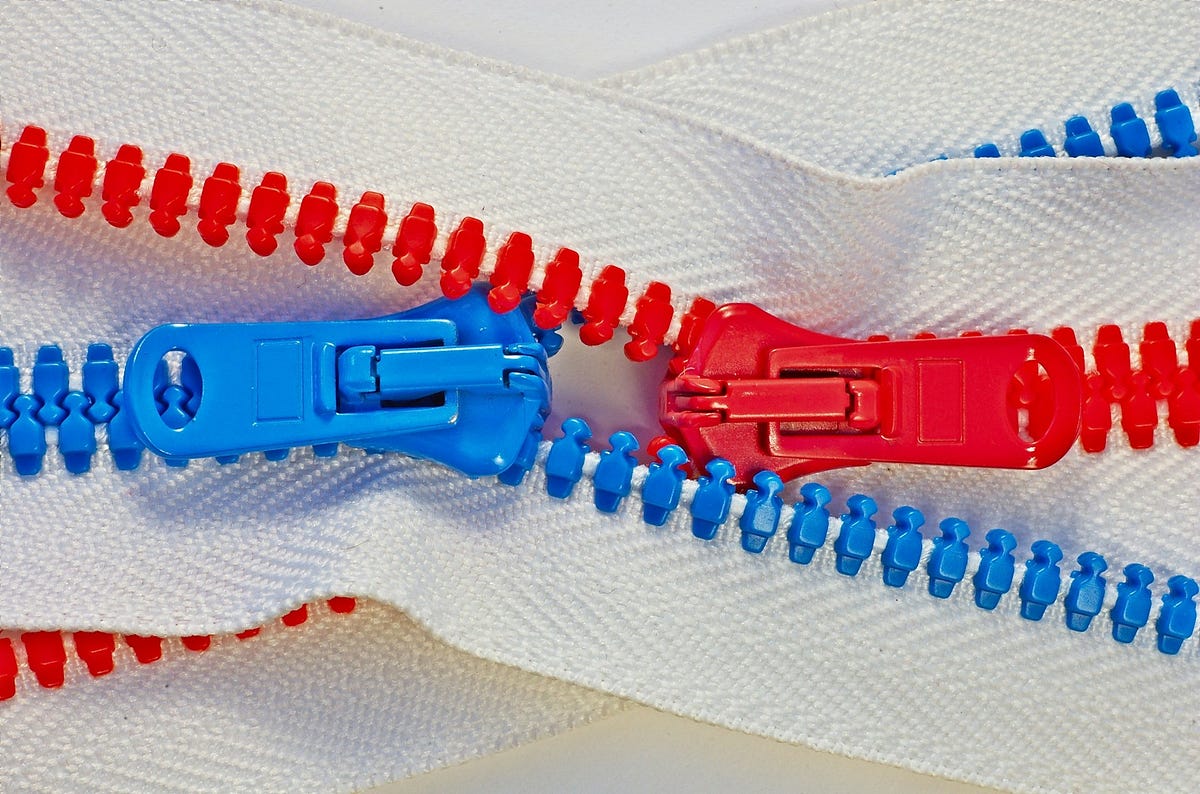 Tomas Sobek on Medium
Tomas Sobek on Medium
I still remember when I started practising UX design for the first time. We were inspired to have tunnel vision and focus solely on UX research, testing, design, and most importantly — empathy.
Since I’m creative, sticking to just one skill sounded and felt absurd. So while I became better in my UX design process, I started garnering skills that made sense to my career. This included content creation, No-code, and even niches like motion design. While invisible to everyone else, I was proud of everything I learnt.
My biggest mistake at the time was not marketing these skills to recruiters and clients. The moment I fixed that, my career started moving forward. I became even more valuable as an asset to the companies I worked with, and they appreciated what I was truly bringing to the table. Some of my seniors asked me to teach the other designers in the company. This gave me a sense of confidence I never had before.
In 2024, parallel skills have become more crucial than ever. Organisations appreciate them more than ever and understand how these skills can affect your output. Since the bigger-ups have tried every trick in the book, they’re looking for new ways to solve problems. This makes them open to new ideas and ways of doing things, which makes it a win-win for the design industry.
Studio Secrets I Probably Shouldn’t Share
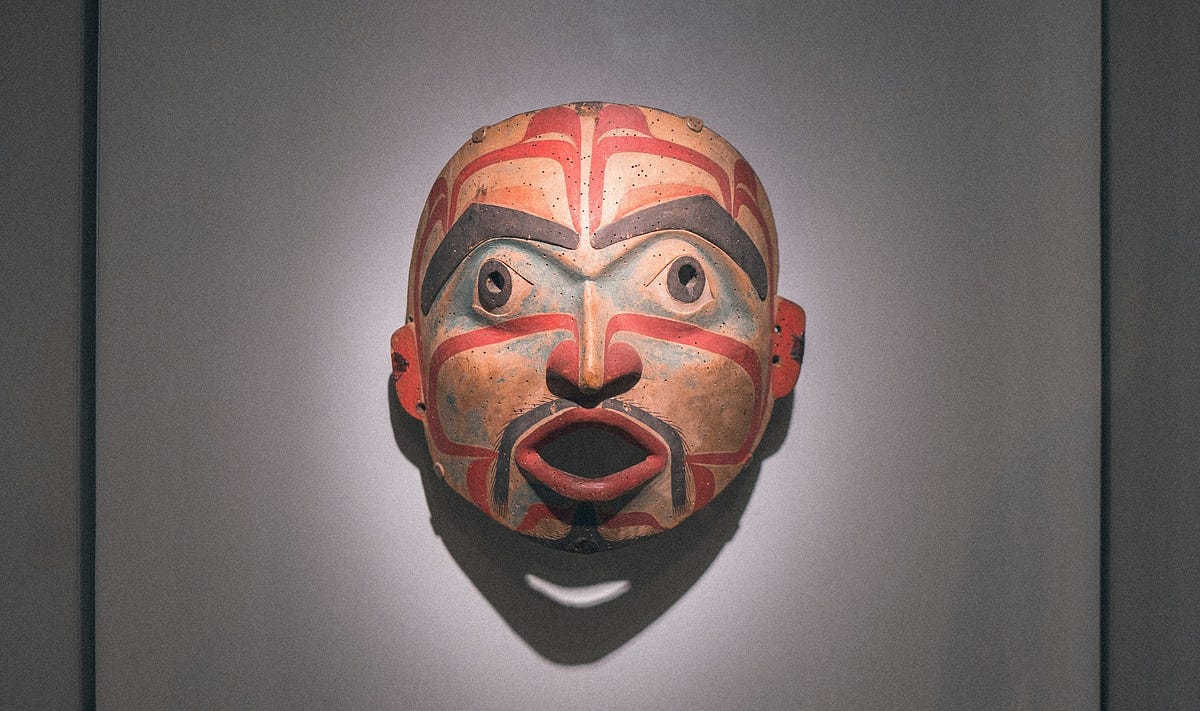 baikang yuan on Medium
baikang yuan on Medium
Clients want studios to package in UX design, graphics, marketing, development, and more in to one service.
As an educator and entrepreneur, I’ve been in constant touch with design studios all across the country. Over time, I’ve started to notice patters and understanding the real story behind these creative companies. As one would think, it isn’t all gold and roses.
Studios have had to create a “hybrid” work culture, where designers are taking up tasks they never thought they would have to do. This change comes with the changing demand of clients that these studios are facing. Clients want studios to package UX design, graphics, marketing, development, and more into one service.
 The navigation bar of a popular design studio
The navigation bar of a popular design studio
Due to various changes, there is a huge space in the service and creative agency space. If you’re an open-minded designer with various skills you don’t mind using them to help the company, there is always a space for you. The whole notion of, “I only want to focus and grow as a UX designer” needs to go out the window when you need better opportunities. Take this advice of mine with a huge pinch of salt. The same path won’t work for everyone. Find and research opportunities based on your boundaries, preferences and wants.
Physical Spaces Over Online Connections

People have always craved physical connections and socialization over online networks and video calls. Being able to shake hands, share laughter, be present, and exchange business cards can never be replaced.
Every month companies are organising some incredible meetups, designathons, and networking sessions in almost every metro city in the world. Some cool communities you can follow are — Friends of Figma, Designwings Events, and a few more who are doing such work consistently. I have met some incredible people to work with and even found freelance opportunities at some of them.
These events pose a great platform to get real time feedback on your ideas, pitch your business, or even get help from like-minded individuals.
An Objective Look At The Confusing Job Market

A couple of years ago, the job market in the design space wasn’t exactly booming. This was thanks to the taboo against creative careers, especially in families with little to no knowledge about such fields. However, in a vast landscape, even the smallest amount of demand was good enough for the low supply of employees.
Now, the world demands more designers, with a crazy saturation when it comes to options these companies have. One observation I’ve made, is the existence of fewer quality creatives in this large crowd. Smart recruiters are always looking for some red flags while giving equal importance to some green ones.
Some red flags to work on / improve:
-
- Talking too much about tools and software instead of problem-solving methods.
- Having scarce knowledge of corporate culture and how it fits with design.
- Considering your income as a major or only motivation to work.
- Being less social — either online or offline.
- Having few or no creative outlets apart from your job.
- Lacking in communication and presentation skills.
Some green flags to showcase and promote:
-
- Additional skills that might bring value to the company or team.
- Certificates and proof of learning that show you have hunger to grow.
- Sharing your design or creative work online for everyone to see and admire.
- A special personality trait that can affect your work in a positive sense.
- Network and connections that you may have.
- Contributions to the community in the form of mentorship, resources, content, etc.
- Ambitious future plans and goals.
A.I. Is Making Jobs & Opening New Doors
You expected this article to have a “AI is going to take your job” section, but you were pleasantly surprised to see a unique take on it.
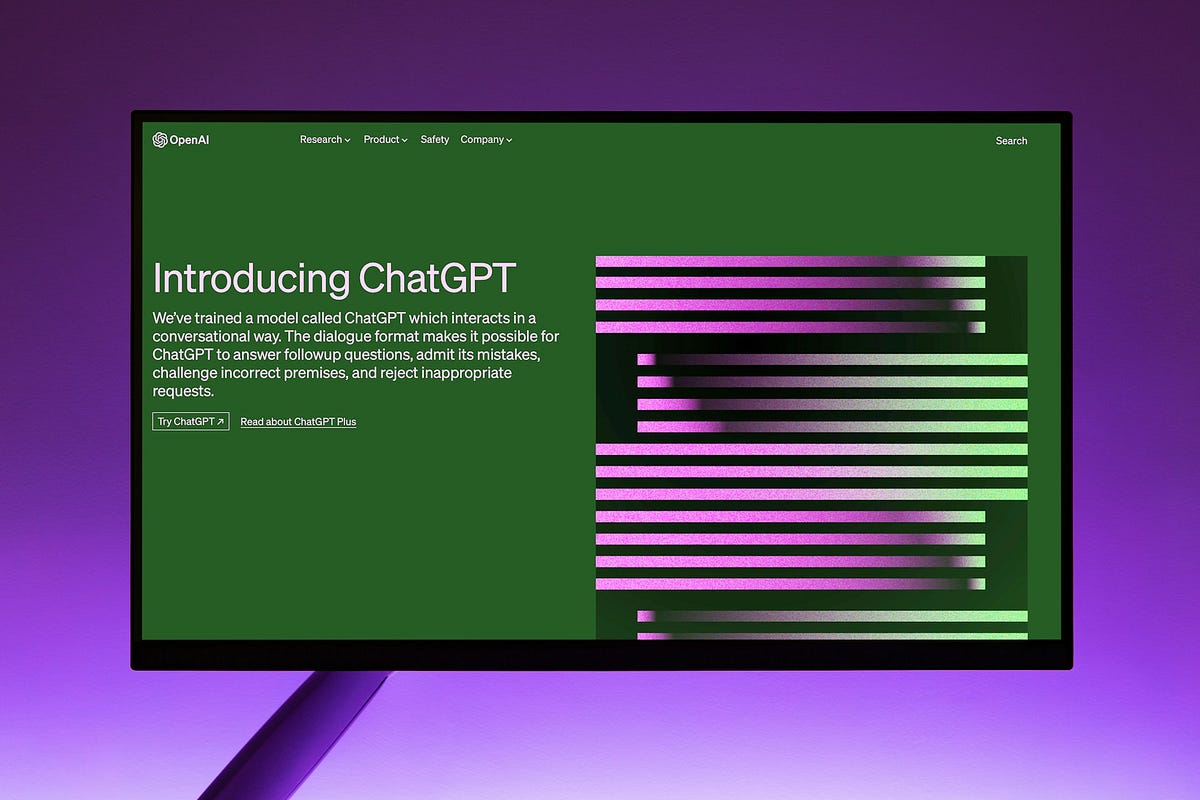
In the crowd of people putting AI down and wanting some regulations, I’m trying to stay optimistic. Don’t get me wrong, governing bodies restricting the use of AI to save jobs is a great way to go about it. In the meantime however, how can one use this technology to upgrade one’s career?
To begin with, I came across this job-post on LinkedIn that sort of blew my mind.
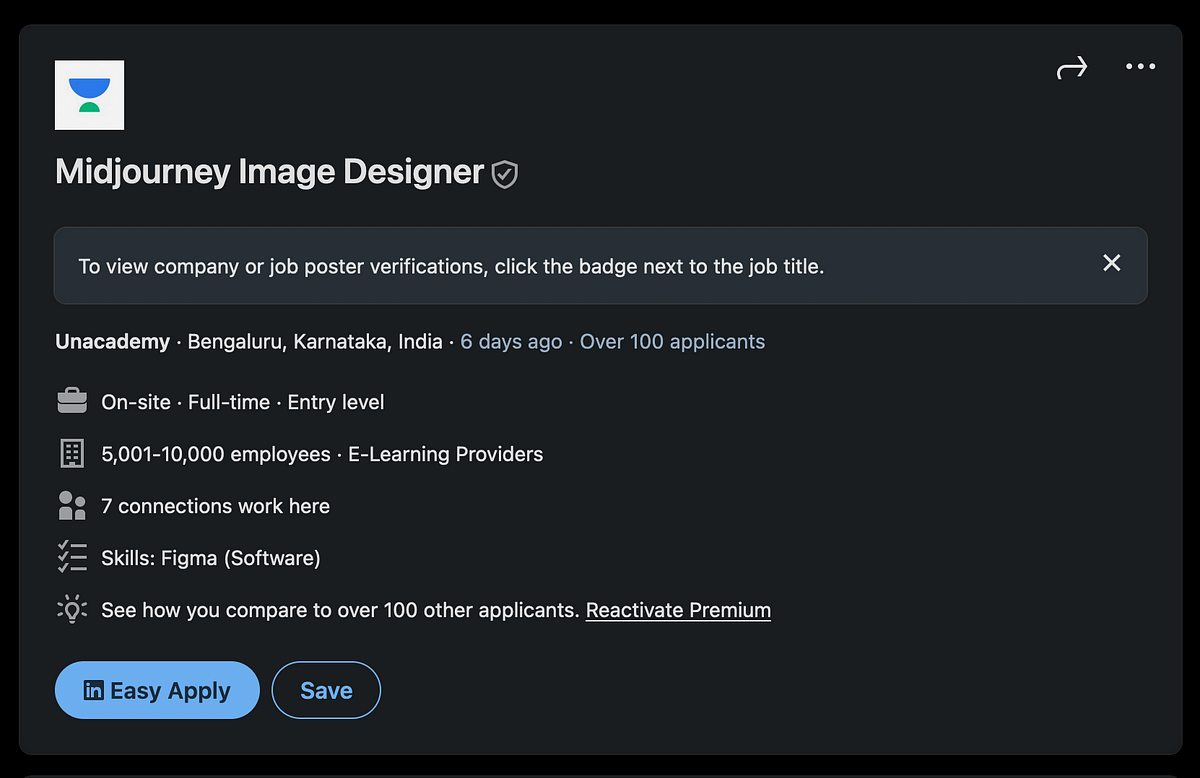 A job post from a major ed-tech company
A job post from a major ed-tech company
A fun tool that seemed to threaten creative jobs a few months ago, started creating a demand for specialists that could use the tool well. Most of these A.I. designers are going to work closely with graphic designers and leaders to provide them with necessary assets. Custom images for marketing material is a great example.
Unfortunately, it isn’t all flower petals and blue oceans. A.I. has arrived as a major challenge for designers. We might have to justify our roles in the coming years if it keeps on proceeding like this. Push comes to shove, this new era of AI could nudge us to be better and bring more value to the table, which from my perspective is a big plus.
Are We All Just Product Managers Now?
Like it or not, design is not just design any more. In fact, UX design is a plethora of skills that helps improve the overall product. Whether it includes user research, market analysis, or product strategy, nothing is truly off limits. In fact, being closely involved with product managers is now encouraged and looked up at. These two professions are so closely stitched together that designers start becoming passionate about this new career path and often want to switch.
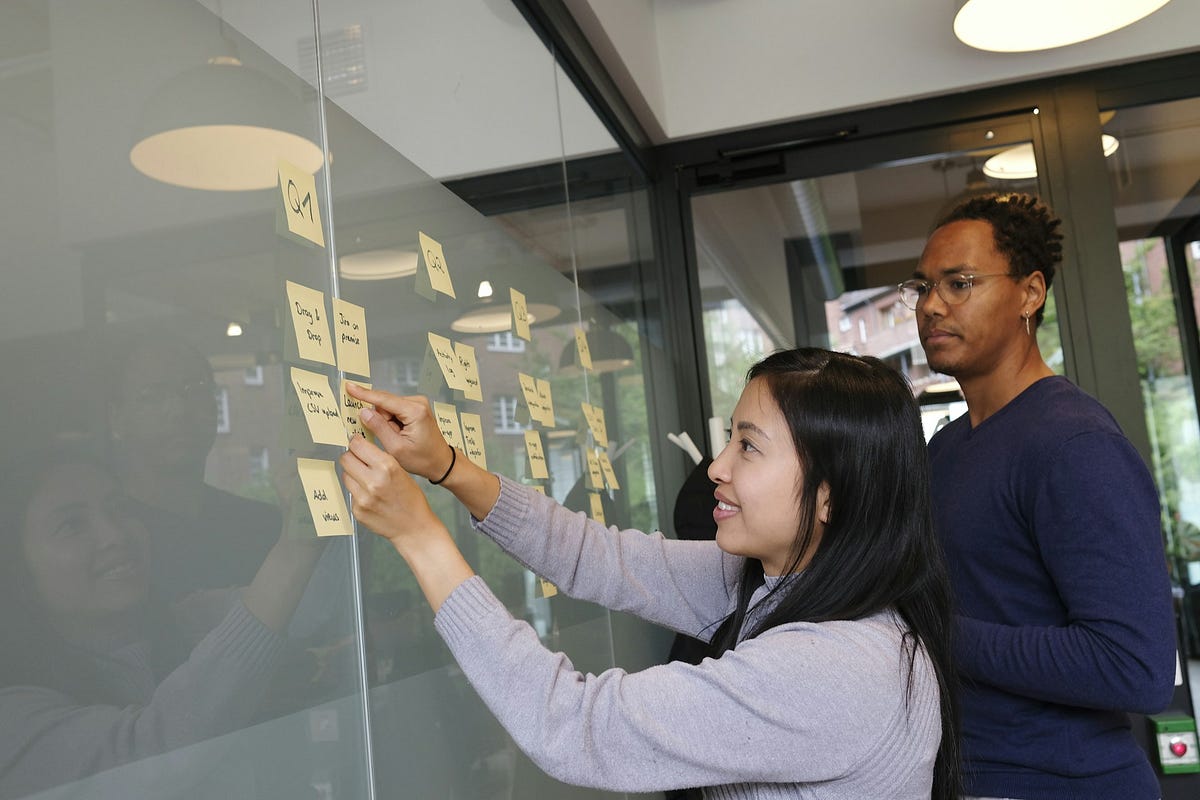
Level 1 : UX Designer, Level 2 : Product Designer, Level 3 : Product Manager?
I often question why these are two completely separate professions. Where one is focused on the business and product vision, the other focuses on the creative and user aspect of the product. This difference becomes even slimmer when UX designers pivot into product design. They start balancing both these roles for the benefit of the company.
This concept is full of clues of where UX design is headed to. You can see where professionals are pivoting to and where companies are focusing. With the state of the changing economy, and shift in tech, UX design could do with a new coat of paint. The question still lies, where is UX truly headed, and what will designers make of it?
Design is Passion Based & Interest Driven

I started off as a photographer, jumped into web design, deviated into UX design and pivoted into entrepreneurship. I’ve come across thousands of UX designers during my educational journey, and one reality always struck me. They rarely stay in one place for a long time. In fact, some of my peers say they were always open to new ideas and wanted to explore something new every 2 years or so.
Off lately, AR/VR has erupted a new desire in designers to learn and switch. “Where do we find AR/VR design jobs? What are the tasks we would need to do? How do we learn to design for AR/VR”. These are just some questions that designers at different professional levels are asking.
This is a really cool revalation, since it reveals an interesting reality of UX designers. We are all techies! We use software. We create for new and cool hardware. We are unintentioanlly sucked into the tech and nerd iceberg.
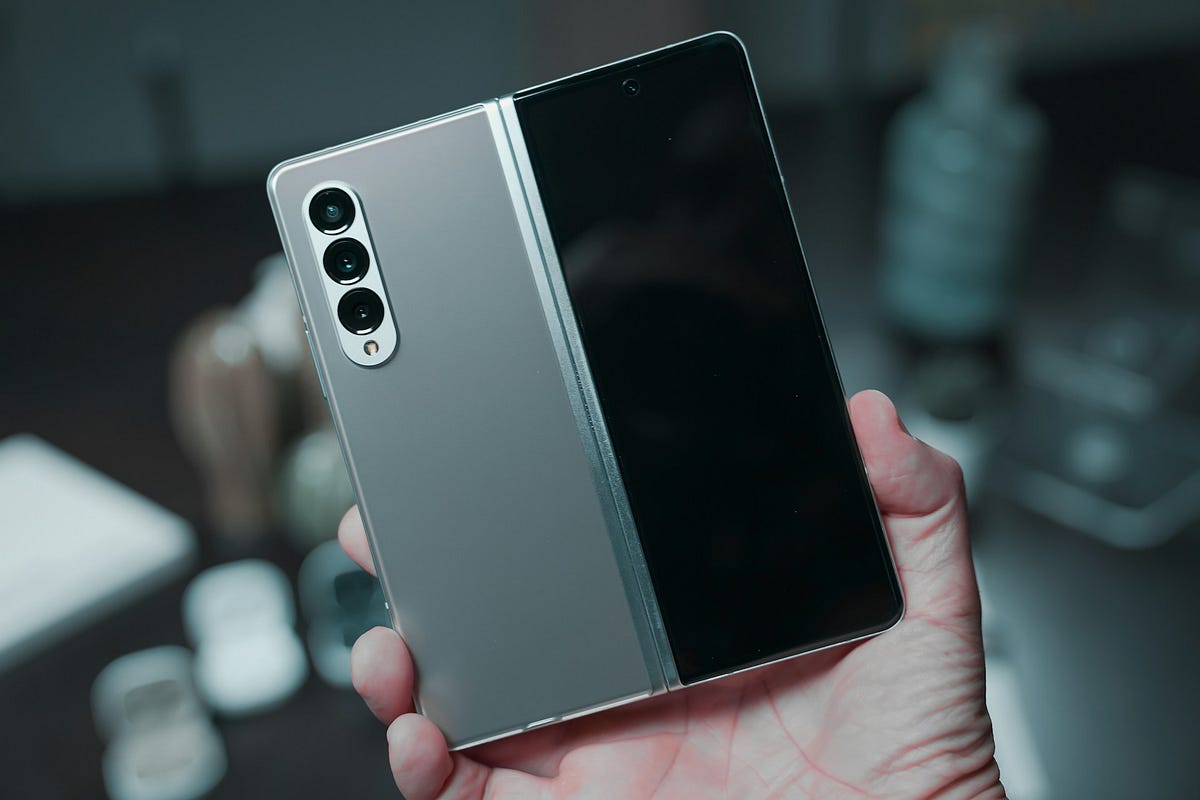
As tech has been progressing in various different directions, we have the option to go in any direction as well. Whether it is AR/VR, folding screens, transparent displays, artificial intelligence, digital payments, software and hardware innovations, or anything revolving around tech; UX is driven by an individual’s interest in a certain field or industry.
The more confident we are of our skills, the easier it will be for us to shift and explore all at once.
Is UI Design Over Because of AI?
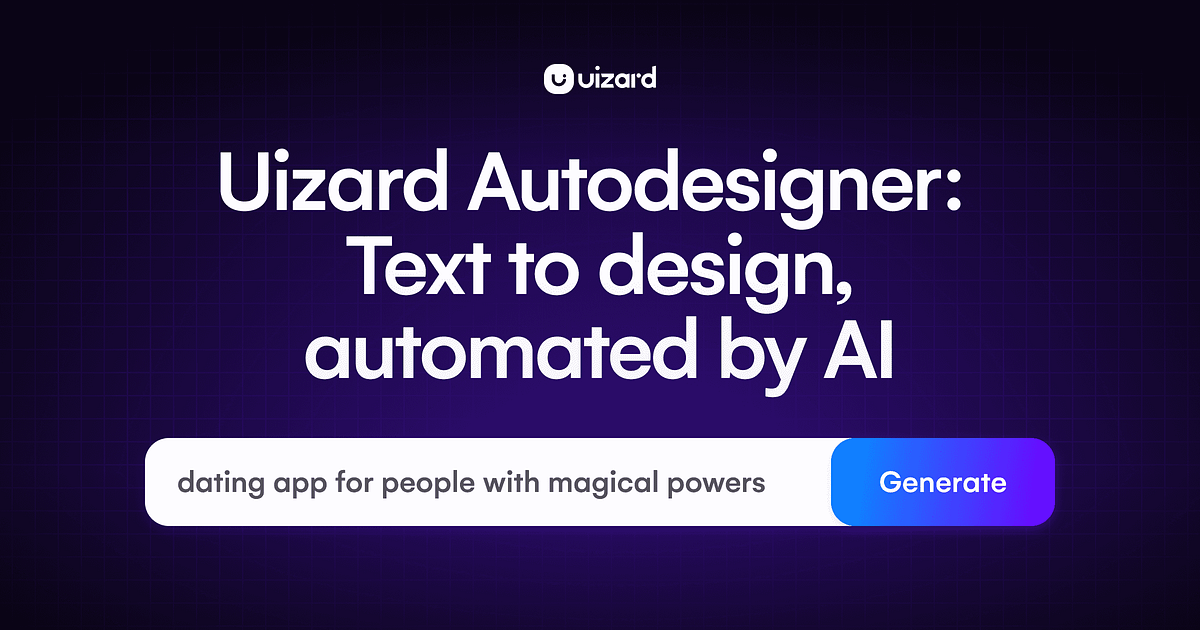 Uizard AI Design Tool
Uizard AI Design Tool
Let’s face facts, companies understand that A.I. is a strong keyword they can use to promote their product. Because of this new evolution, almost every design tool has A.I. features as a part of their offering. You would also see some UI design tools powered by A.I., where you type in a prompt explaining your project and get editable screens in return.
While this process might seem threatening to a UI designer’s career, this is more of a wake up call for creatives. UI designers for a long time have stuck to the skills they learnt earlier, and seldom get into UX design. Now, they willl surely have to expanding their skillset to provide more services and improve their designs. Just UI designing isn’t going to cut it anymore.
To put the argument of A.I. taking over jobs to rest, these can actively be wireframing and ideating tools. Getting to the final production design is going to be much faster. If we look at this from a positive perspective, A.I. will allow designers to focus more on problem solving, research, and creativity, instead of the day-to-day mundane tasks.














